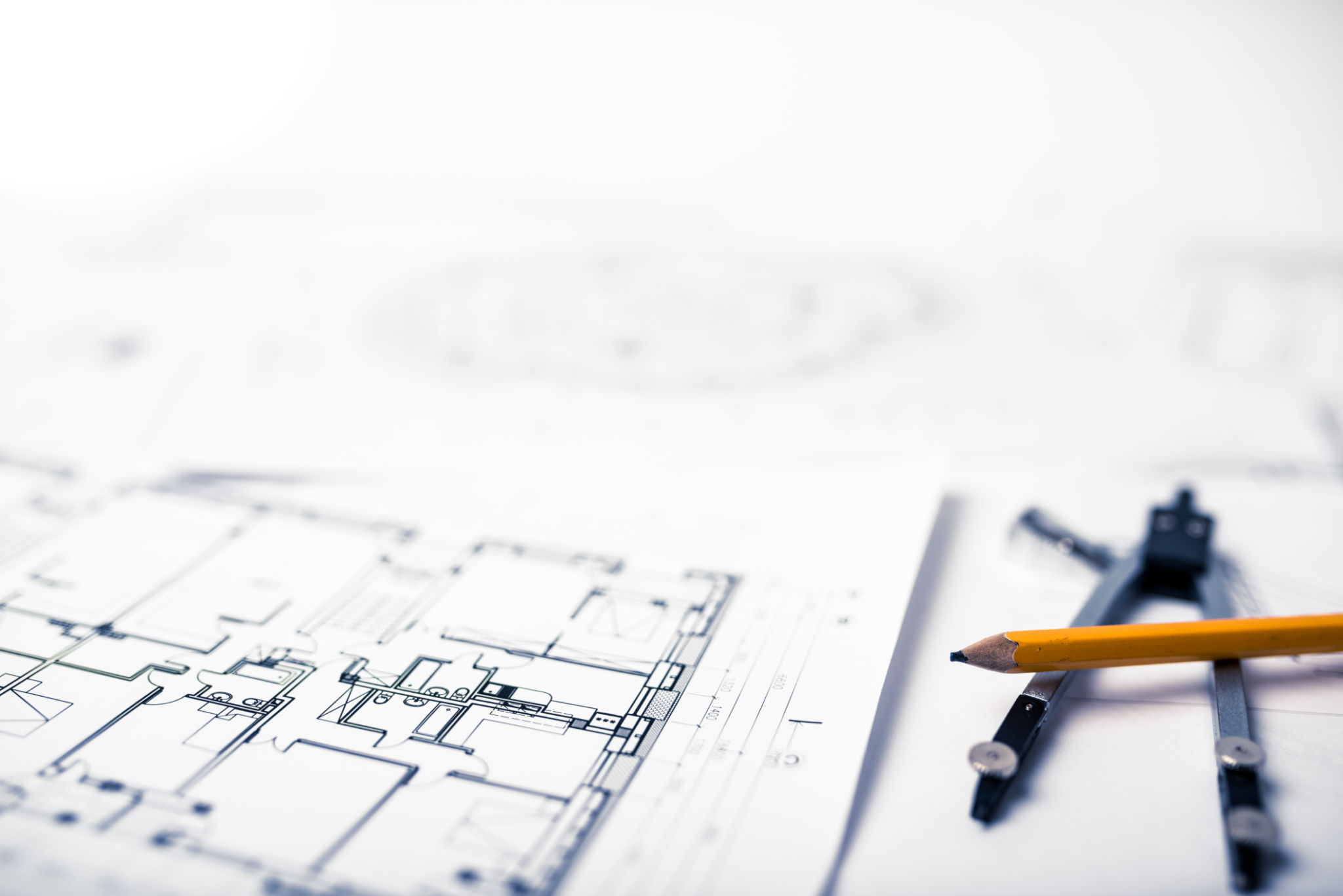The Evolution of Architectural Visualization: From Blueprints to Virtual Reality
The Dawn of Architectural Visualization
Architectural visualization has come a long way since its inception. In the early days, architects relied heavily on hand-drawn blueprints to convey their ideas. These intricate drawings were the primary means of communicating the design intent and were often accompanied by watercolor renderings to provide a more tangible sense of the finished project.
Despite their beauty, these early methods were limited in scope and detail. They required significant time and skill to produce and lacked the ability to easily adapt or show changes. As technology advanced, so too did the tools available to architects, paving the way for more sophisticated visualization techniques.

The Transition to Digital Design
The advent of computer-aided design (CAD) in the late 20th century marked a significant shift in architectural visualization. With CAD software, architects could create detailed digital models of their designs, allowing for greater precision and flexibility. This technology revolutionized the industry, making it easier to explore complex geometries and experiment with different design elements.
Digital models also introduced the ability to produce more accurate and consistent drawings. The ease of making modifications meant architects could iterate on their designs more efficiently, ultimately leading to more refined and innovative projects.

3D Modeling and Rendering
The next major leap in architectural visualization came with the development of 3D modeling and rendering software. These tools enabled architects to create lifelike representations of their designs, complete with realistic textures, lighting, and shadows. By providing a more immersive experience, 3D renderings helped clients visualize the final outcome of a project more effectively than ever before.
Rendering software has continued to evolve, offering increasingly sophisticated capabilities such as photorealistic imagery and interactive walkthroughs. This level of detail not only enhances presentations but also aids in identifying potential design issues before construction begins.

The Rise of Virtual Reality
Today, virtual reality (VR) is pushing the boundaries of architectural visualization even further. VR technology allows clients and stakeholders to step inside a virtual version of a building, experiencing its scale and spatial relationships firsthand. This immersive approach provides a deeper understanding of the design and fosters more informed decision-making.
Additionally, VR can facilitate collaboration among project teams by enabling remote walkthroughs and discussions. Architects can receive real-time feedback and make adjustments on the fly, streamlining the design process and enhancing communication.

Future Trends in Architectural Visualization
The future of architectural visualization promises even more exciting developments. As technology continues to advance, we can expect to see greater integration of augmented reality (AR) into the design process. AR overlays digital information onto the physical world, allowing architects to visualize how new structures will interact with their surroundings in real-time.
Furthermore, advances in artificial intelligence (AI) may lead to smart design tools that can optimize building layouts based on specific criteria, such as energy efficiency or material usage. These innovations will not only improve the way we visualize architecture but also enhance sustainability and functionality.

Conclusion
The evolution of architectural visualization has profoundly transformed the way architects design and communicate their ideas. From the humble beginnings of hand-drawn blueprints to the immersive experiences offered by virtual reality, each advancement has brought with it new possibilities and challenges.
As we look toward the future, it is clear that technology will continue to play a pivotal role in shaping the architectural landscape. By embracing these tools, architects can push the boundaries of creativity and innovation, ultimately leading to better-designed spaces that meet the needs of our ever-changing world.
